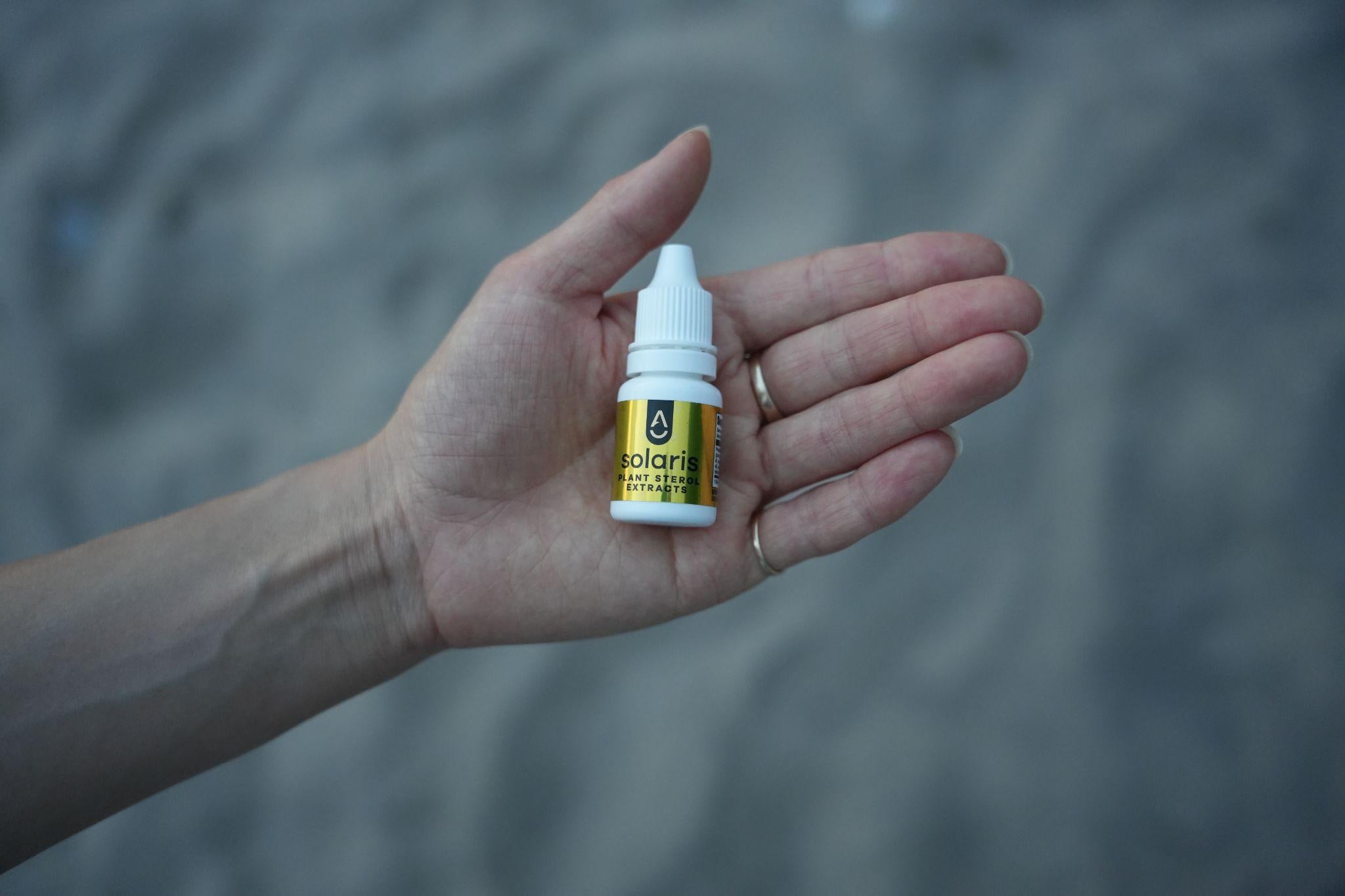
Honey is not just a delicious sweetener; it's packed with nutritional benefits that make it the most nutritious sweetener around.
However, not all honey is created equal. While all honey offers some benefits, the processing involved in most honey production destroys a lot of the best stuff.
To get the most out of your honey, it’s crucial to understand the differences between raw and pasteurised honey. Whether or not your honey is unfiltered or organic is also important to know.
Why go raw?
Without a question, raw is best.
First off, honey doesn’t need to be pasteurised to make it safe to put on a shelf, that’s a misconception. In fact, the pasteurisation process, which heats the honey to high temperatures, destroys many of its beneficial nutrients.
BenefitsofHoney.com explains that: “A lot of honey found in the supermarket is not raw honey but “commercial” regular honey, some of which has been pasteurised (heated at 70 degrees Celsius or more, followed by rapid cooling) for easy filtering and bottling so that it looks cleaner and smoother, more appealing on the shelf, and easier to handle and package.”
Pasteurization also kills the beneficial bacteria and enzymes that are naturally occurring in honey. Even the vitamins, minerals and antioxidants are damaged by the heat, reducing their value considerably, as well.
Why would anyone go to the expense of removing nutrients? Instead of marketing their honey for its incredible nutrient value, they focus on making it look smoother or prettier.
Filtering: What You Lose
Filtering, or ultra-filtering is also a common practice for commercial honey. This is done to remove anything that might make the honey look less desirable. Unfortunately, this includes bee pollen.
Bee pollen is considered to be one of nature’s best and most nourishing foods. It’s packed with protein that is combined with amino acids that can be easily used by your body. In Chinese medicine, bee pollen is used to improve unbalanced nutrition, vitality, longevity, energy, etc. Bee pollen is also used for weight control, health, beauty, allergies, anti-aging and more.
Plus, filtering machines can heat the honey. ‘Unfiltered’ honey is lightly filtered by hand just to remove any debris. It isn’t unusual to see pieces of honeycomb or bee pollen floating in unfiltered honey. Both of these add further benefit to the honey.
While pasteurised, filtered honey is still better for your health than the totally empty calories found in table sugar, by the time it’s been heated and filtered, what remains pales in comparison to honey that is left raw and unfiltered.
Organic honey
Organic can be tricky. With some foods, organic is more nutritious, as well as ‘cleaner’. With others, there may not be more nutrition in an organic specimen when compared to a conventional one but at least there aren’t any pesticides or GMOs in it.
With honey, there is no way to know about the nutritional value in organic vs. conventional batches. This is partly because it just hasn’t been studied adequately but also because organic honey is usually left raw and non-organic honey is often pasteurised.
In other words, the vast difference in nutritional value may just be related to the issue of raw vs. pasteurised.
However, when flowers and trees are treated with pesticide, those chemicals can wind up in the honey. Plus, sometimes pesticides can be harmful to bee colonies so the long-term health of the bees that are making that honey may be compromised in a non-organic setting.
Truly organic honey is difficult to find, even if an apiary is fairly closed off and doesn’t use pesticides on the nearby flowers and trees. Bees travel for miles from their hives when foraging for nectar. If farms or properties nearby use pesticides, it is likely that they wind up in the honey to some extent.
On top of that, pollution from cars, factories and other contributors might also be affecting the pollen or nectar that the bees collect.
The more remote a region, the more likely it is that the honey will be truly organic. Certain parts of the world, like the mountains of northern Greece, remain almost untouched by civilization. These ecosystems are the most pristine on Earth; this is where the ‘cleanest’ honey is harvested.

How to tell if your honey is raw…
As ever, reading the label on foods like this is very important. Look for raw, unpasteurized honey, and check for organic certification.
In addition, check for added ingredients, and avoid honey that has ‘natural flavours’ or other things added. Sometimes honey producers will add sugar or other things to make the honey go farther and inflate profit margins.
As a bonus, if you see bee pollen or pieces of honeycomb in the honey, you can be pretty sure it’s raw and still loaded with nutritional benefits.
Simple Home Tests
You can also test your honey at home:
- Thumb Test: Put a drop of honey on your thumb. If it spreads or spills, it’s not pure. Pure honey will stay intact.
- Water Test: Add a tablespoon of honey to a glass of water. Pure honey will lump and settle at the bottom, while adulterated honey will dissolve.
- Shelf Life Test: Pure honey will crystallise over time; imitation honey will remain syrupy.
- Fire Test: Dip a matchstick in honey and light it. Pure honey will light the match easily, while fake honey will not light due to moisture content.

Where can you find raw honey?
You can try your local farmer’s market, or seek out a local apiary and buy it directly from the source. If you know where to look, you can also discover excellent, high-quality honey online.
Related Links:
http://www.benefits-of-honey.com/raw-honey.html






How Sleep Affects Blood Sugar
What Do Your Cravings Really Mean?